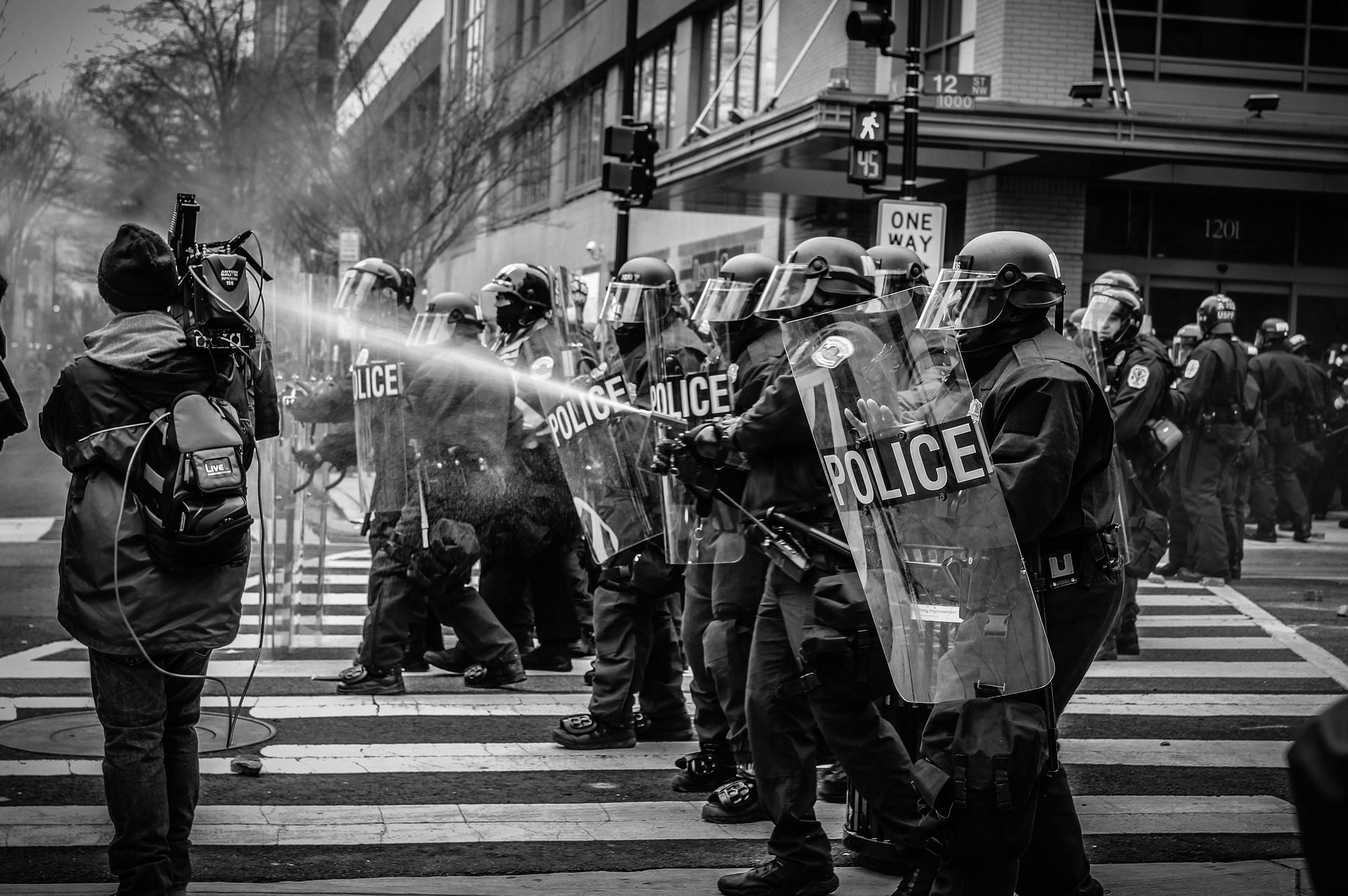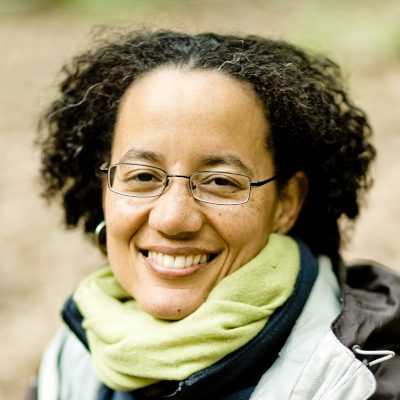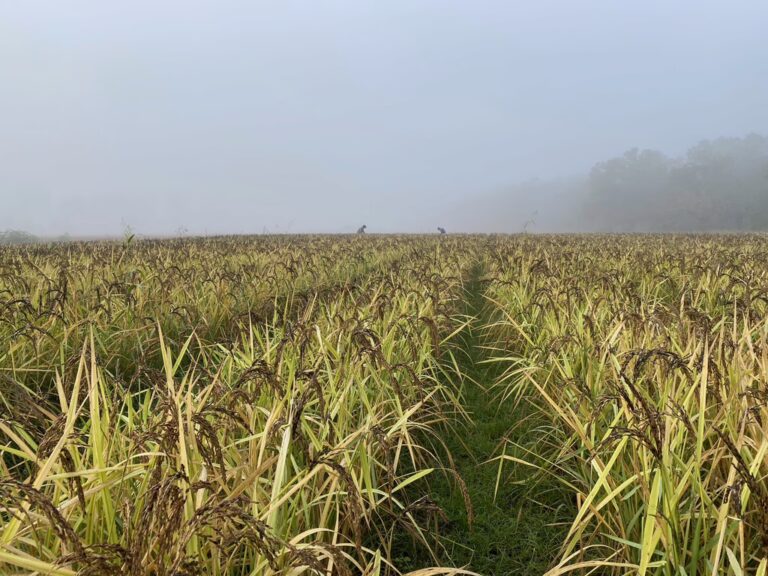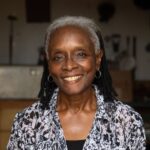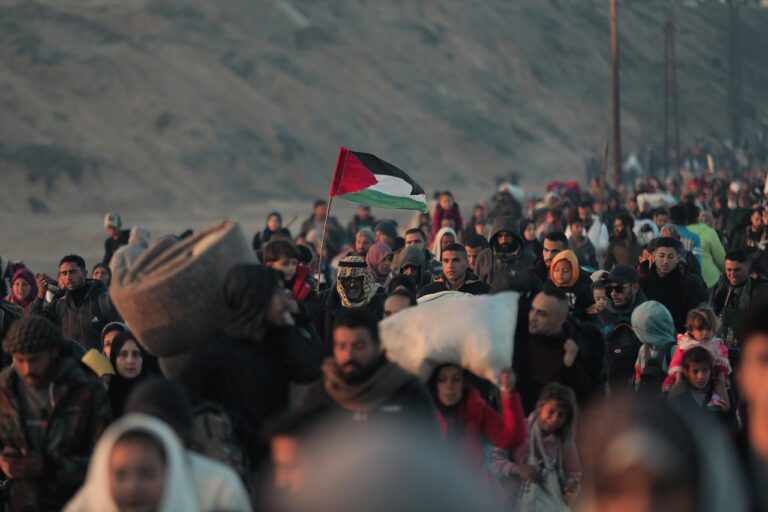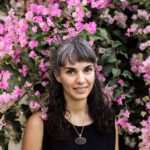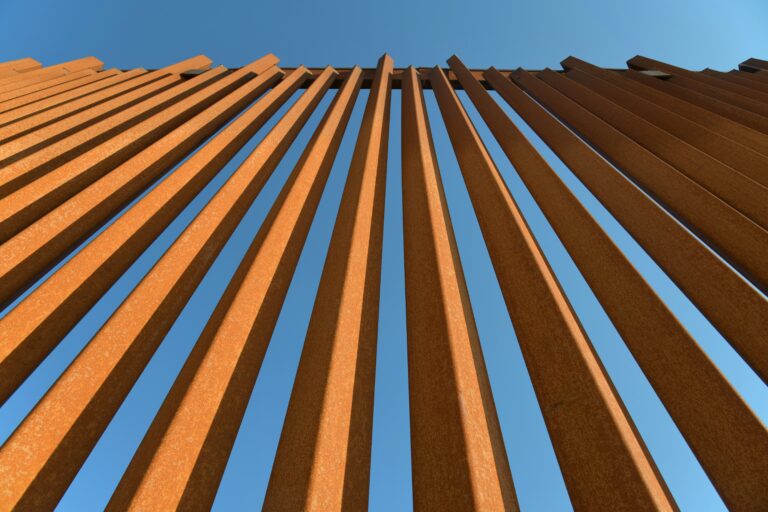There is a connection between how we treat ourselves, each other, and the planet. None of these realms are separate. They all influence each other. If we treat ourselves with respect and love, and are in respectful, loving relationships with others, we will relate to the earth with respect. We would not wreak such destruction on our planet if we were not mistreating, harming and abusing ourselves and each other.
In these chaotic times, amid disconnection, the kind of transformation needed is one in which we are aligned with our bodies, with nature we inhabit. We must all first know that we have inherited nature. Our bodies are a form of nature; they should not be hated, abused, or slaughtered. The body consists of all the great elements: earth, water, air and fire. When we abuse collective social bodies we also abuse and pollute the collective elements. We ignore form as nature.
The Demands of Domination
We can see in the arising of white supremacy and other forms of domination like patriarchy a simultaneous and necessary disconnect from knowing ourselves to be one with the earth. They system of enslaving Africans to work on plantations in the Americas (and the very structure of plantations was based on humans dominating nature) depended on so-called “white” people disassociating themselves from their bodies and the earth in order to dehumanize others. In a similar way, men have had to deny their bodies and their connection to the earth to subjugate women in patriarchal systems.
When we heal our human wounds, we also bring healing to the Earth.
These systems of domination reflect the deeper dualisms that arose when human societies moved from hunter-gatherer to agrarian societies—the separation between and privileging of heaven over earth, of mind over body, male over female, spiritual over the mundane, rational over the emotional. And these dualities often required not just the superiority of one and submission of the other, but often the very denying of the inferior in the dualistic pair. Thus Africans and Indigenous peoples had to be classified as not human, their humanity denied, to give full meaning to the humanity of “white” people.
Any act of cruelty requires us to not see ourselves in the other, to deny our common humanity, and thereby to disconnect ourselves from the planet.
The World We Are
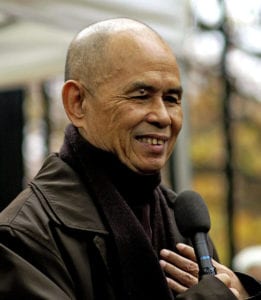
© Duc, CC BY-SA 2.0
Thích Nhất Hạnh, my teacher, shares that in the light of interbeing, we are the environment, we are not just within it. He wrote a book, The World We Have, but later this idea evolved into talks he gave entitled ‘The World We Are.’ The inside is outside, what is in our minds and hearts is what manifests as our world and vice versa. In the Avatamsaka Sutra, the layman Vimalakirti said, “because the world is sick, I am sick.” The rising levels of anxiety, also newly termed, ‘eco-anxiety’ are an expression of this sickness that many of us experience as the earth gets sicker.
Robert Gilman, who founded The Context Institute in the early 70’s, the first organization to really look at sustainability on a global scale, said this at a Findhorn conference on eco-villages, “There are no environmental problems, there are only environmental symptoms of human problems.” If we can get to the root of our human problems, the environment will naturally return to balance.
Healing the Environment is Healing Ourselves
I had the huge pleasure of learning about and meeting John Francis recently. He is an African American environmentalist, a peacemaker who walked across the entire United States and many other countries as well. He kept silence for 17 years and did not ride in motorized vehicles for 22 years, after witnessing the devastation caused by an oil spill in the San Francisco Bay in 1977.
He writes,
…if people are indeed part of the environment, how we treat ourselves and each other provides our first opportunity to treat the environment in a sustainable way, or even to understand the very nature of sustainability. Therefore in the multidisciplinary field of environmental studies, we must include other ways that human beings relate to one another. We as a species would have to end war, oppression, exploitation, and tyranny, because how we treat each other manifests in our physical environment.
We can broaden our understanding of healing our environment to include healing ourselves. Addressing all kinds of oppression as part of addressing the destruction of our environment is crucial to an effective response. Such an approach would also help attract a much-needed diversity of all kinds to the mainstream environmental movement, which from its inception in the US has collaborated with racist ideals and since remained mostly white, male, heterosexual, and moneyed.
When we heal our human wounds, we also bring healing to the Earth.
In the early 2000s, when I was a nun in Plum Village monastery in France, I was asked by Thích Nhất Hạnh to put a book together celebrating the 20th anniversary of Plum Village with stories from the community, I Have Arrived, I Am Home: Celebrating 20 year of Plum Village Life.
I interviewed a neighbor who had grown up and lived his whole life in Loubes-Bernac, just a kilometer or so from our monastery, near Thenac. He told me that during the war hundreds of villagers were burned alive in the church by the Nazi occupation army. And also that members of the French resistance were executed against a wall that just outside our monastery’s kitchen. This neighbor described the heaviness and darkness that stayed in that whole area for decades after the war. He said he and others from the community noticed that after the Plum Village community moved there and set up a monastery in the late 1980’s the energy finally began to shift and the heaviness was transformed into an atmosphere of lightness and joy that was physically palpable. When hundreds of people practice walking mindfully through a forest every day, when they live in awareness and love for the earth, the earth feels this and this collective energy of mindfulness can have a healing effect.
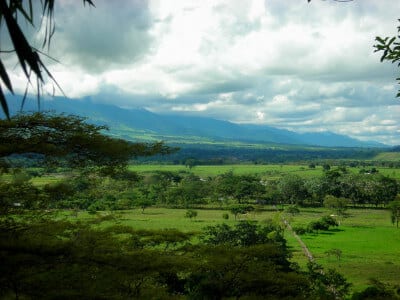
© Alejo Rendón (David), CC BY-SA 2.0
Another beautiful example of this ability to bring healing to the earth when we heal ourselves and our communities is from Gaviotas, an eco-village in the wasteland savannahs of Colombia. In Gaviotas, they farm organically and use wind and solar power; methane from cattle manure powers kitchen stoves in their state-of-the art hospital. And the hospital treats anyone—in what was a very politically unstable environment—so guerrillas, government military, paramilitary and everyone in between were treated freely, enemies were often put side-by-side in the same hospital rooms. The only rule is that no guns are allowed. Every family enjoys free housing, community meals, and schooling. “There are no weapons, no police, and no jail. There is no mayor. The United Nations named the village a model of sustainable development.”1From Community Research Project
The villagers of Gaviotas sustain themselves by growing and selling pine resin. They planted millions of a special species of pine, which is able to grow in their sterile soil of barren savannahs, with very high-levels of aluminum, a toxin to most profitable crops. Their pine forests have now expanded to 20,000 acres. The presence of the forest has altered the local climate by generating an additional 10 percent of rainfall and an ancient rainforest began to grow back that they hadn’t even known had existed there. Over the years the pine trees have provided a shady understory for these ancient plants and previously absent animal species to thrive. Some of these species may be dormant seeds of an ancient rainforest that once covered the region. The pines are slowly being crowded out by the regeneration of indigenous species.2From Gaviotas: A Village To Reinvent the World by Alan Weisman, 2008
When we create spaces of healing for humans, we facilitate healing for nature. For a space to be a place of healing we must be harmony with nature, we must hold a non-extractive, non-exploitive relationship to nature.
The environmental crisis is an outward manifestation of a crisis of mind and spirit. There could be no greater misconception of its meaning than to believe it is concerned only with endangered wildlife, human-made ugliness and pollution. These are part of it, but more importantly, the crisis is concerned with the kind of creatures we are and what we must become in order to survive.”
Let us keep front and center in our work to heal our planet, our relationships with each other. Let us remember that the path is as important as the destination and pay great attention to the “kind of creatures we are and what we must become” in our thoughts, words and deeds, and in all our interactions with others. Then we will know that taking good care of each other is taking good care of nature and taking good care of nature is also taking good care of each other.
References
- 1From Community Research Project
- 2From Gaviotas: A Village To Reinvent the World by Alan Weisman, 2008

